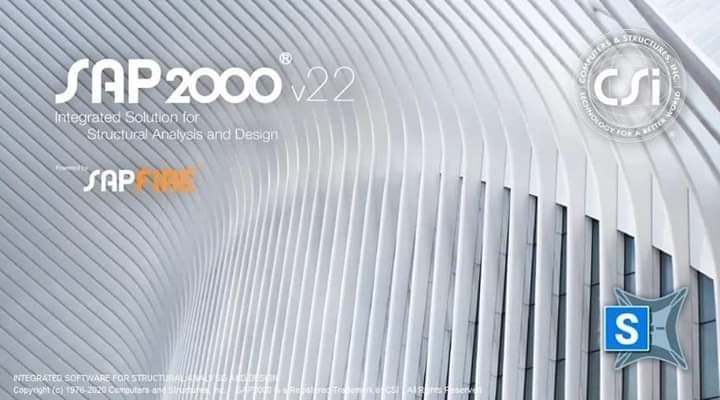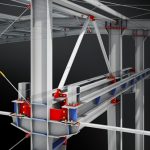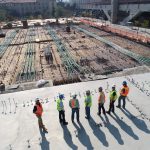Overview:
Start using SAP2000 and learn how to create three-dimensional
structural models for analysis and design. This course includes
practical workshops led by professional engineers to facilitate
learning and proper interpretation of program outputs.
Course Outline:
– Introduction to Computer Programs
– Object-based graphical interface.
– Coordinate systems.
– Material properties and element types.
– Common constraints.
– Loading and displacement types.
– Analysis types.
– Display and output.
– Program capabilities and limitations.
– Analysis and Design of Simple Structures
– Creating structural models for structural analysis.
– Applying different loads such as dead load, live load, and wind
load.
– Static and time history analyses.
– Interpreting results: deflections, internal force distributions,
vibrations, and frequencies.
– Selection and optimization of structural members.
Basic Requirements:
– Participants must have access to SAP2000 software.
– Commitment and dedication to learning throughout the course.
Course Audience:
– Civil engineering college students.
– Engineers interested in structural analysis software.
General Goal:
The SAP course aims to empower participants to design, draw, and
analyze steel structures and buildings, focusing on structural analysis
of various structural systems.
Target Audience:
– Civil engineering students.
– Engineers interested in structural programs and structural analysis.
Objectives
The objective of the course is to introduce students to structural
analysis using SAP2000. It aims to:
– Understand and utilize SAP2000 for analyzing and designing
structural systems for both conventional and steel buildings.
– Learn how to model and analyze two-dimensional and three-
dimensional structures.
– Apply analyses to reinforced concrete and steel structures.
– Study and analyze various types of foundations, flat plates, stairs,
and deep foundations.






